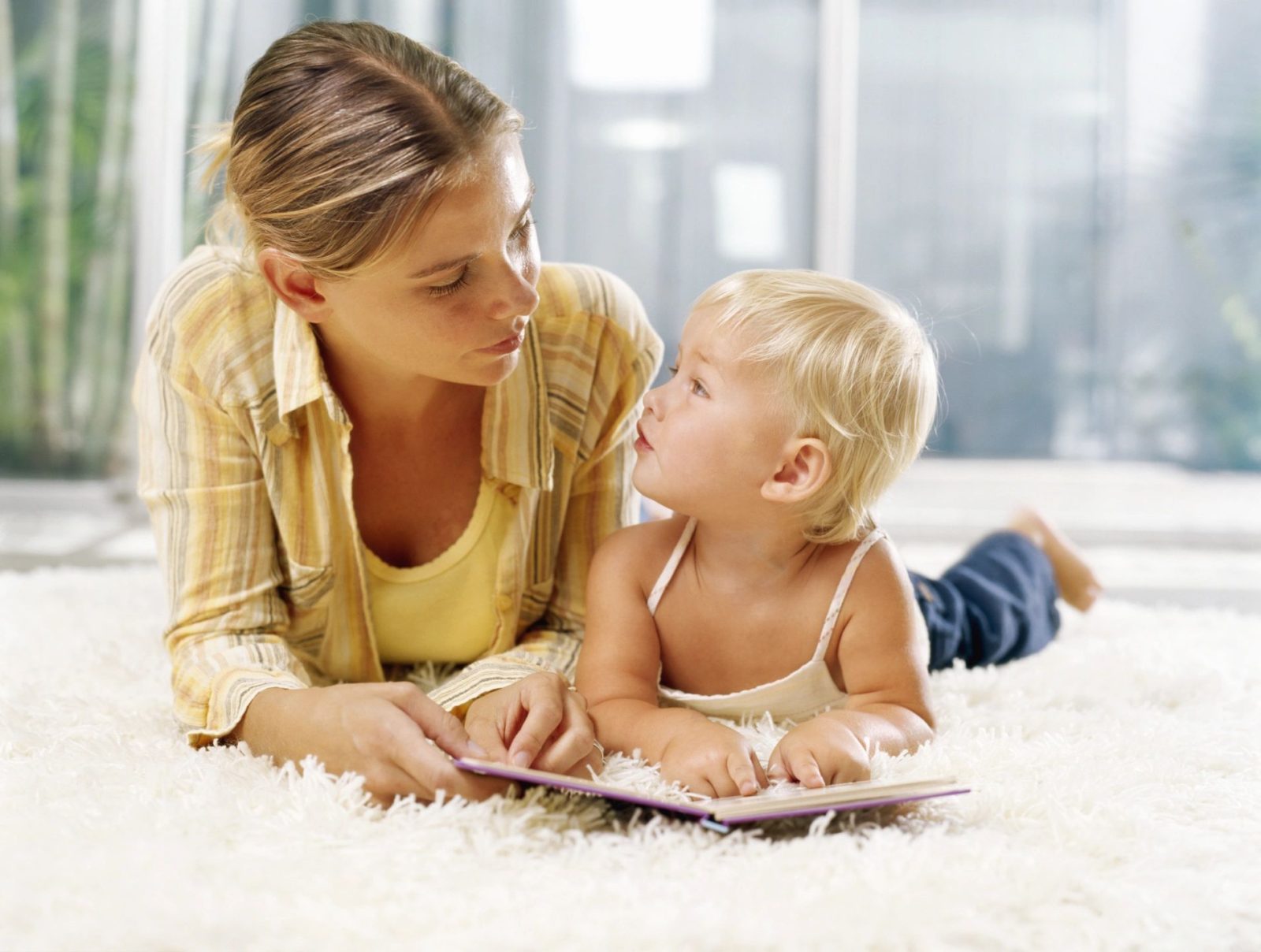Here is a general list of how to get an ABA program for a child with autism started.
1) Read, Watch, Learn
Educate yourself and learn what exactly a quality ABA program entails. As with any field there are a range of professionals and you want to make sure you choose the right one that is going to provide your child with an effective, ethical program. Know what you are looking for before you go to the next step.
Here is a post where I list the resources I always refer new parents to.
2) Find a Board Certified Behavior Analyst (BCBA)
At the very minimum the person you hire to set up your child’s ABA program should be a board certified behavior analyst (BCBA). The BCBA will design and oversee your child’s program. You can learn more about the certification and search on for a BCBA here. Dually certified BCBA and speech language pathologists are unique as they have expertise and training in both speech and language and applied behavior analysis. For me, the combination has brought so much value to the quality of my work. Make sure you know what you want and what you want to ask the person you are considering.
Here is a great article on choosing a behavioral service provider.
3) Hire a Home Instructor
After you find a BCBA, you will need to hire an instructor for the BCBA to train. Parents I have worked with have had success finding instructors through local universities and posting jobs on Facebook groups such as this one and this one.
4) Prepare Materials
The consultant you choose to work with may ask for you to purchase certain items prior to starting the program. Here is a checklist I use with my clients.
5) Assessment
The BCBA will conduct an assessment of your child to determine what skills need to be targeted in the program. The assessment will often include an observation of your child, direct work with your child, and parental interview. These are the two assessments I typically use:
The Verbal Behavior Milestones Assessment and Placement Program (VB-MAPP)
Essentials for Living (EFL)
6) Training
After the BCBA completes the assessment, he or she should recommend a specific program for your child. This should include written goals with specific objectives and if applicable, formal behavior intervention plans. Training should focus on teaching the instructors and/or parents to implement the program as designed. This should entail plenty of hands on practice with your child and shaping the person who is working with the child’s behavior to become an effective therapist. Also, training should include instruction on how to take data and graph the data to measure the child’s progress.
I base my ABA trainings for instructors and parents on Behavioral Skills Training (BST). Behavioral skills training is a method used to teach someone a new skill. This includes instruction, modeling, behavioral rehearsal and feedback. Here is a great article on Behavioral Skills Training.
7) Follow Up Consultation
After the initial training is completed, the BCBA should recommend a schedule for follow up and supervision for the person working with the child. This may occur anywhere from once a week to once every other month depending on the skills of the person working with the child.
8) Be involved
This is not necessarily a step, but the most successful programs I consult for are the ones in which at least one of the parents is closely involved in the child’s day to day sessions. Some parents I work with help plan natural environment teaching (NET) activities with the instructor, prepare materials for NET activities instructors have planned so no time is wasted and the sessions run smoothly, and some parents even take the data and graph! In my experience, this level of involvement adds significant value and increases the quality of the child’s program.

